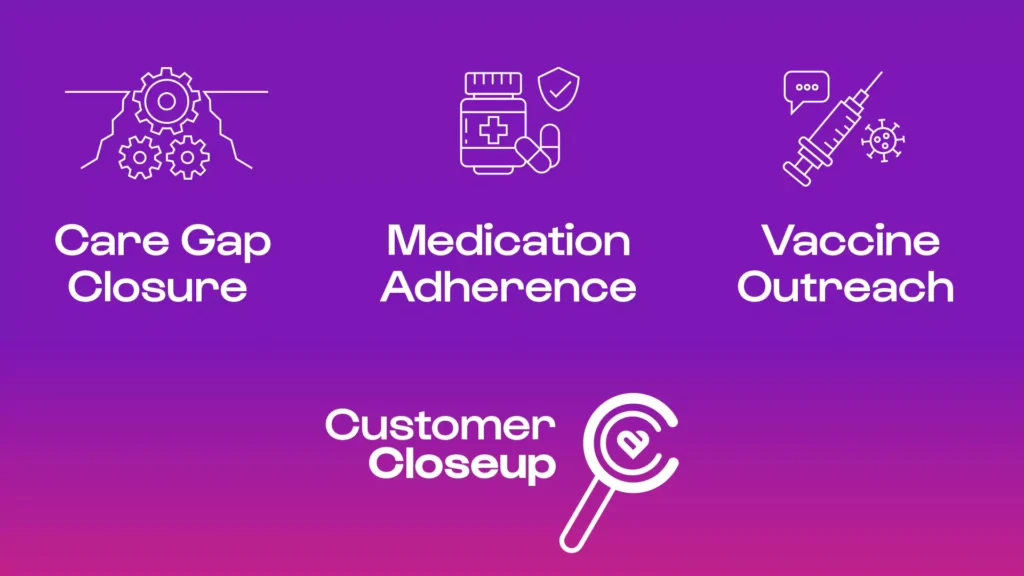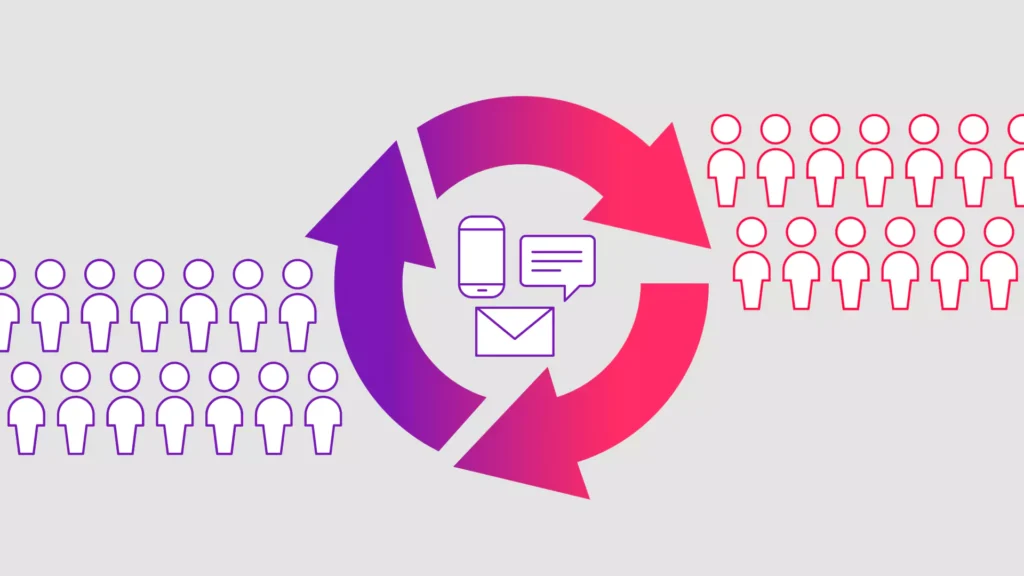We continue to struggle in the second wave of the COVID-19 pandemic, and we see and understand how telehealth is a critical part of care. This recent pandemic ushered in massive telehealth adoption by doctors and patients looking to avoid the risk of infection while continuing to provide care to patients. Providers and health plans are urging CMS and Congress for expanded and permanent policy changes to support long-term use. But for many doctors (who were reluctant to embrace change), the pivot came with angst and a learning curve to integrate telehealth throughout their medical practice. In other words, they were afraid. A recent WELL™ Insights data report indicates telehealth appointments will continue to account for 15 percent or more of appointments through the end of 2020 and beyond, making it essential to streamline the process of coordinating telehealth care between the doctor and the patient. To make it all worthwhile for you and those you serve, here are three ways to make your life easier in the new normal.
1. Enhance the patient experience by integrating telehealth with your patient communication and EHR System. Consider unifying your healthcare communication under one hub to simplify matters for your patients and staff. You will get a greater return from your telehealth and EHR technology investments by going this route. WELL Health provides a conversational digital solution to unify the full lifecycle of patient interactions, making all this much easier to implement. WELL integrates seamlessly with the leading EHRs and your existing clinical and administrative systems. It is a simplistic method of use that can make all the difference as your telehealth efforts increase. WELL’s telehealth integration automatically populates visit links from your telehealth vendor in automated messages. Patients receive multilingual conversational messaging through their preferred channel of communication. As you have experienced, change must always be managed. WELL’s communication hub allows you to direct and encourage patients to use your patient portals, payment platforms, and other telehealth services. You will receive concrete data analytics on patient communication so you can deliver the messaging that drives financial and clinical results. And that is what you want. How it all works:
- Scheduled virtual appointments in your EMR, generate a link to give your patients access to their appointments.
- WELL syncs with your EMR and identifies telehealth appointments as well as the patient-facing link for a visit.
- Using a smartphrase, WELL inserts the visit link into an automated appointment reminder sent in line with all other communication through WELL, which eliminates manual outreach and data entry by your staff.
2. Collect receivables more quickly when you integrate telehealth with your billing cycles. The bottom line is you need to stay on top of your receivables so you can have the necessary resources to offer the best experience and treatment for your patients. As medical practices slowly rebound from pandemic revenue declines, implementing strategies to improve collections is critical. Telehealth systems like WELL enable you to gently prompt patients to pay for services in advance of appointments to decrease your staff’s intake time and accounts receivable follow-up. Advanced payments help increase your cash flow and shorten revenue cycles. WELL expedites your payments with API integrations that pull patient information from your EHR in real-time. How it works:
- Patients receive billing notifications by text message from your office number with a convenient link to a secure payment portal.
- When you prompt patients to act – to confirm an appointment, pay a copay, or clear a past balance – they are more likely to comply and keep appointments, which improves receivables.
- WELL’s conversational texting allows patients to respond quickly and more frequently to questions and ask questions without the need for staff phone calls.
3. Improve continuity of care by expanding your telehealth services to include follow-up and urgent care. Do you realize how much your patients value your opinion to continue to get the best care for their lives? With hospital emergency rooms overburdened with record COVID-19 and flu cases, it is increasingly essential for practices to offer additional telehealth solutions to alleviate the strain on the healthcare system and reduce your patients’ exposure to the coronavirus. Instead of your patients turning to an online telemedicine provider or an urgent care clinic for medical consultation or assessment on mild to chronic conditions, consider maintaining continuity of care and improving the patient experience by expanding your telehealth services to include your patients’ urgent care and follow-up needs.rnWhen your patients bring these needs to you, it strengthens the doctor/patient relationship and prevents visits to your competitors. It keeps you in the loop about changes in your patients’ health since patients often forget to inform their doctor about visits to other providers. You stay in control while continuing and strengthening the relationship between caregiver and patient.rnHow it works:
- Start by focusing on frequent health issues quickly resolved with a video or telephone consultation to triage patients to determine if your services meet their care needs.
- Realize some patients may have turned to outside providers because they cannot physically get to your office or may be unaware of the breadth of your services.
- Ask your patients for feedback, address any issues, and educate your patients on the positive changes through your patient communication. Your patients will need to feel comfortable with any new technology or protocols used to enhance their care.
- As patients become familiar with your expanded telehealth services and rely on you for extended care, you can grow your telehealth offerings to solve other health issues.rnIt is evident from patients and providers that virtual care is here to stay. Ensure you have the systems in place to deliver a virtual care experience that is optimal for patients while enabling your staff to spend more time on complex tasks.
To learn more about why all of this is important to our medical practice’s success, reach out to a WELL representative.



